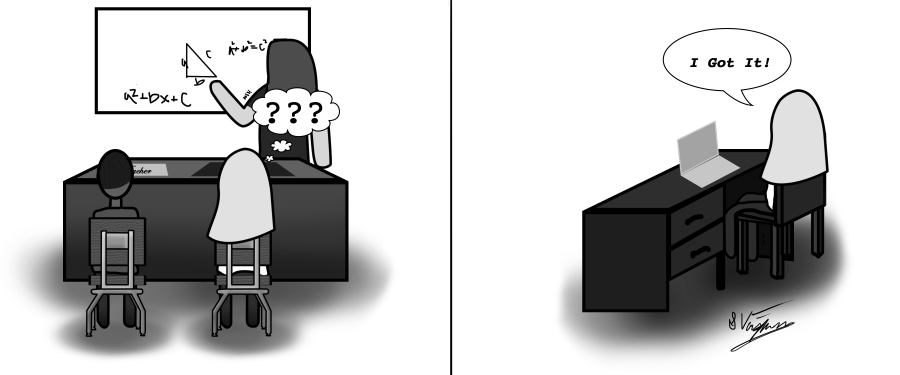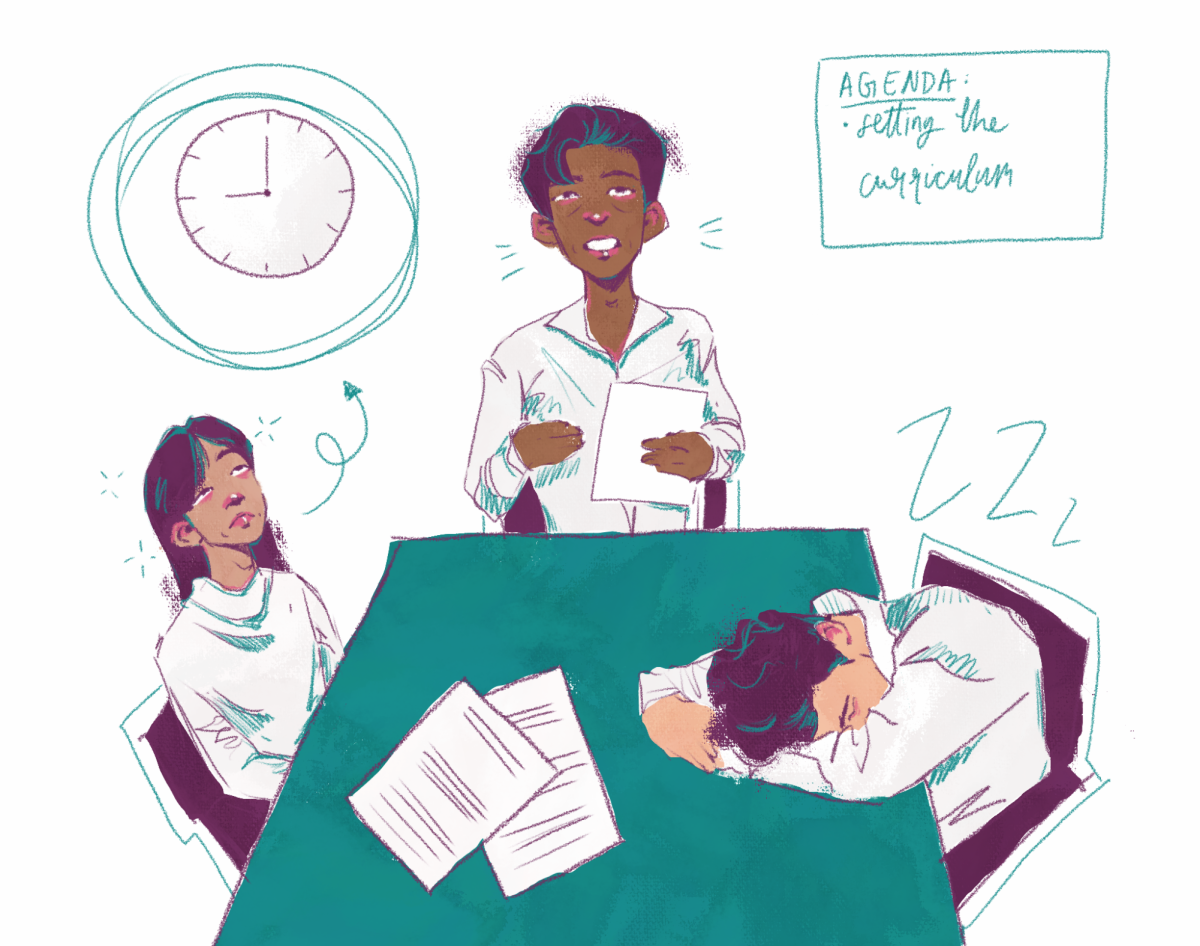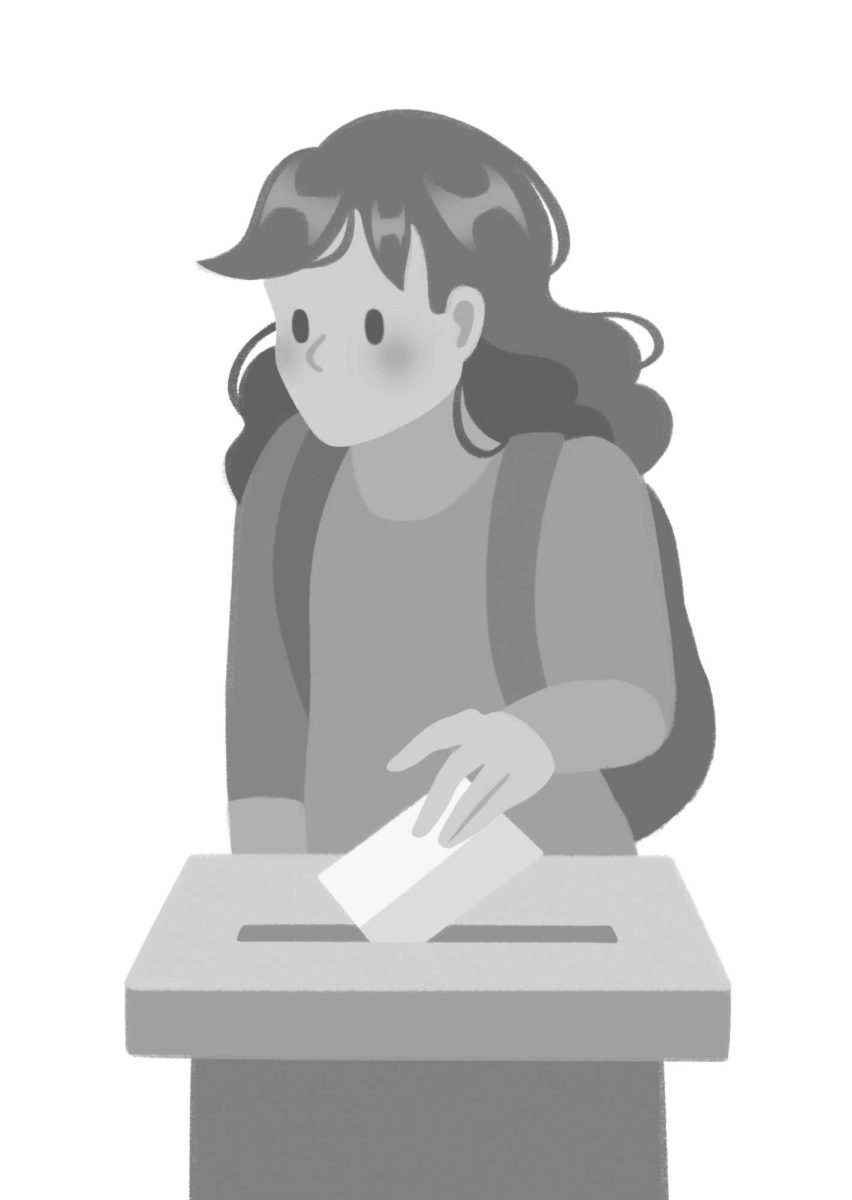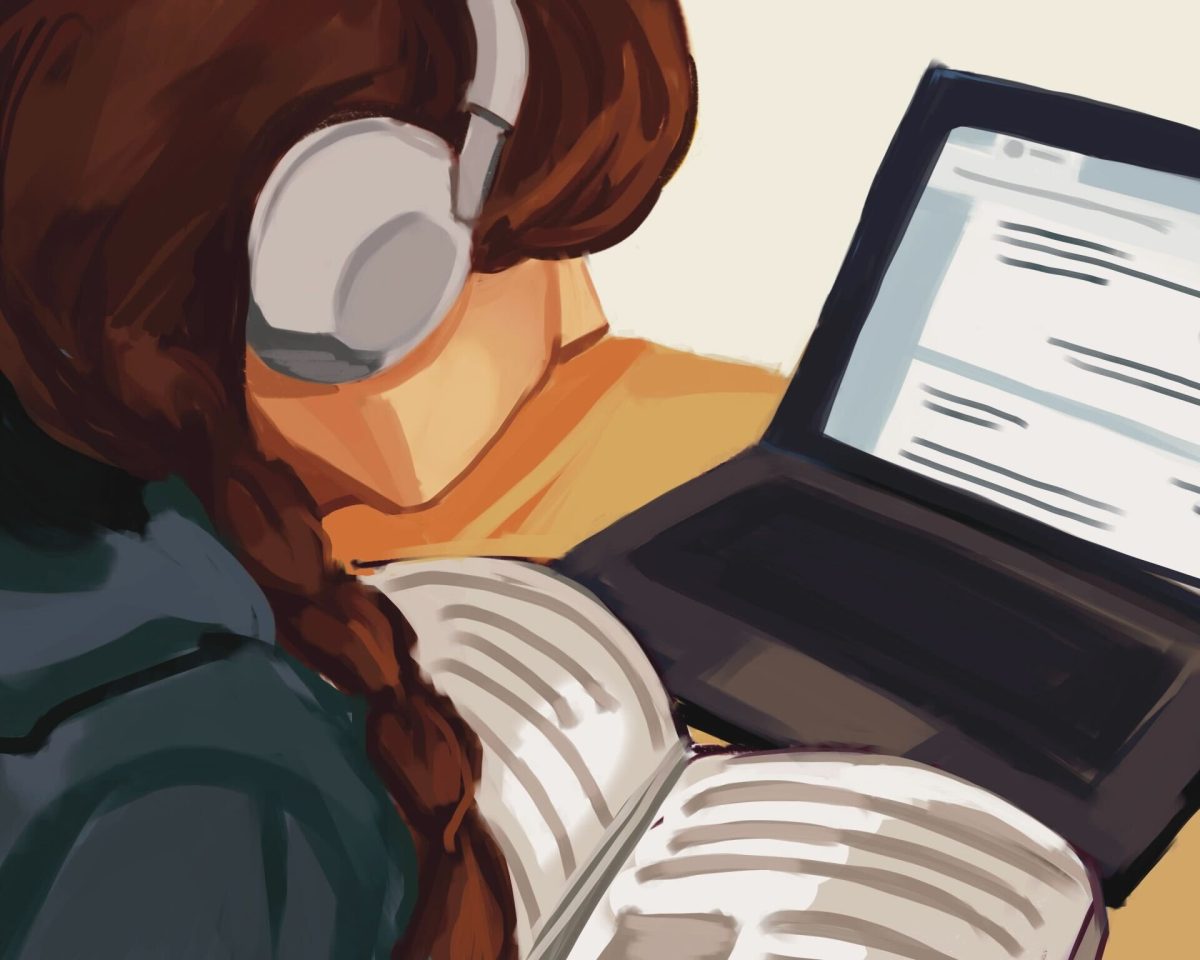Educators are becoming increasingly aware of students’ disinterest in seemingly endless in-class lectures and long homework assignments. Because of this, many teachers have turned to the flipped classroom, a form of teaching in which in-class and out-of-class work are reversed. In flipped classrooms, students watch video lectures and short recorded lessons at home and work on projects and exercises in class. Although the flipped classroom model has many benefits, it still requires some refining.
The main argument for implementing flipped classrooms is that said system allows students to work at their own pace — students can pause or rewind videos to take notes or write down questions to ask their teacher later in class. Additionally, students can search for supplemental information while topics are still fresh in their minds, rather than hunt for the same information hours after an in-class lecture.
Unfortunately, teachers have no way of knowing whether or not their students have actually watched the at-home videos or lectures. As a result, some students may choose only to watch videos at the end of the unit in preparation for a test, or not at all. Consequently, these students become increasingly confused during class and fall behind on coursework. In order to rectify this issue, teachers should provide their students with a quiz or assignment that can only be completed if students have watched the video lecture. Students would be forced to watch the videos or risk receiving a poor grade in the class.
On the positive side, the flipped classroom encourages collaborative learning, as students work together on projects and assignments in class. As a result, students learn to work well with their peers.
Furthermore, because students are busy with assignments during class, teachers are able to work one-on-one with students who are struggling with the material.
However, there is one downside to this relatively independent learning process: if a topic is particularly challenging the teacher will be unable to clarify the concept to the students, and will be required to reteach the information during class. This causes the class to fall behind, requiring the students to work on the in-class work at home, creating more homework. To solve the problem, teachers could limit the number of assigned work problems when teaching a difficult topic, saving time for lessons in class.
Another benefit of enacting the flipped classroom model is that it allows students to easily relearn old course material. This can be helpful when a student misses class or when he or she is studying for a test. With a traditional teaching model, teachers do not always share their lectures online, so students may miss important information when reviewing. With flipped classrooms, students have access to all the videos they learned the material from, so they will have access to all the material that they need to review.
When run correctly, flipped classrooms often provide students with much less homework than traditional classrooms. Students are typically assigned only one video, which is usually about ten to twenty minutes long, with a possible short quiz or worksheet to go along with it each night. Implementing flipped classrooms would be a major step in decreasing homework loads, on top of allowing students,to review the curriculum more effectively.
Nevertheless, teachers who follow the flipped classroom model often schedule too much material during their classes, resulting in a large portion of that work being reassigned as homework.
Overscheduling gives students much more homework than usual; problem sets and projects are assigned in addition to the customary video. The main cause of this issue is that teachers often reteach the information taught in the videos that students watched at home in class. In order to avoid repetitive topics, teachers must understand that they need to either make the projects and worksheets shorter, or avoid reteaching the material in the videos in class.
While the flipped classroom model still has a few issues, with minor adjustments it would prove an extremely beneficial teaching strategy that should be implemented more widely throughout classrooms.









